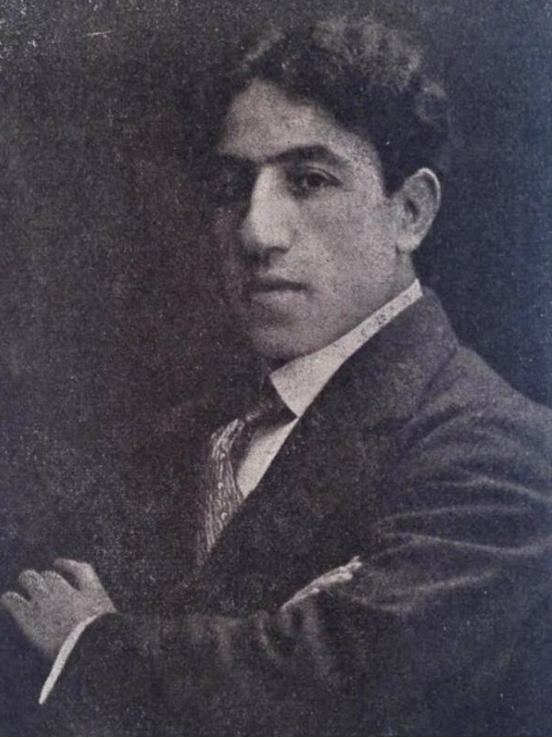According to Hrachya Acharian, the celebrated Armenian linguist, some 16 percent of Armenian root words are of Iranian origin. To make this fact more tangible, he wrote a couple of very short stories using exclusively words of Iranian origin, contending that the stories would be equally intelligible to both Armenians and Persian speakers.
On the occasion of the Festival of Norooz, celebrated in Iran and surrounding countries to mark the start of the solar New Year, we are posting here one of Acharian’s short stories about a commander, his luxurious garden and his daughter lounging in it.
Ահա այս ընդարձակ յարաբերութեան եւ կուլտուրական ազդեցութեան արդիւնքն այն եղաւ, որ հայերէն լեզուն մեծապէս ազդուեց պարսկերէնից եւ վերցրեց նրանից բազմաթիւ բառեր, ոճեր ու դարձուածքներ: Այնքան, որ զարմանալի թող չլինի, եթէ ասենք, որ կարելի է գրել ամբողջ էջեր, որոնք հայերէն ու պարսկերէն համարեա նոյն դուրս գան:
Ահա այսպիսի երկու նմուշ, որ յատկապէս կազմել եմ հետաքրքրութեան համար.
Հրամանատարն վզուրկ ու զօրաւոր` մի պարտեզ ունէր. այն պարտէզում մէկ բուրաստան կար. դուռն այն բուրաստանի գոհարէ ու զմրուխտէ ու յակինթէ էր, ո՛չ աղիւսէ կամ ագուռէ: Ի վերայ դրան գոհարի` դրօշակներ երանգ-երանգ, բուրաստանում վարդ ու մեխակ ու նունուֆար ու շուշան ու ռեհան ու նարկիս ու շահասպրամ. համակ երանգ երանգ ու գոյնզգոյն, սպիտակ ու կապոյտ ու լազուարթ. հազար ու բիւր սարեկներ բուրգի վրայ եւ գրոհ կաչաղակաց ի վերայ գմբէթի` դափ ու թմբուկ ու գոս կը զարնէին: Շաղն ի վերայ մանուշակի նստած, դուստրն հրամանատարի` պարտէզում բալիշի վրայ նստած, ինչպէս հրեշտակ, գէսն յամբարաբոյր պատրաստած, ապարանջանն բուստէ ի բազուկ, թագն ի ճակատ, ինչպէս պատկեր ու նկար կը խնդար:
Հրաչեայ Աճառեան, Հայոց լեզվի պատմություն I մաս: Յերեվան : Պետական համալսարանի հրատարակչություն, 1940, էջ 223-224.



